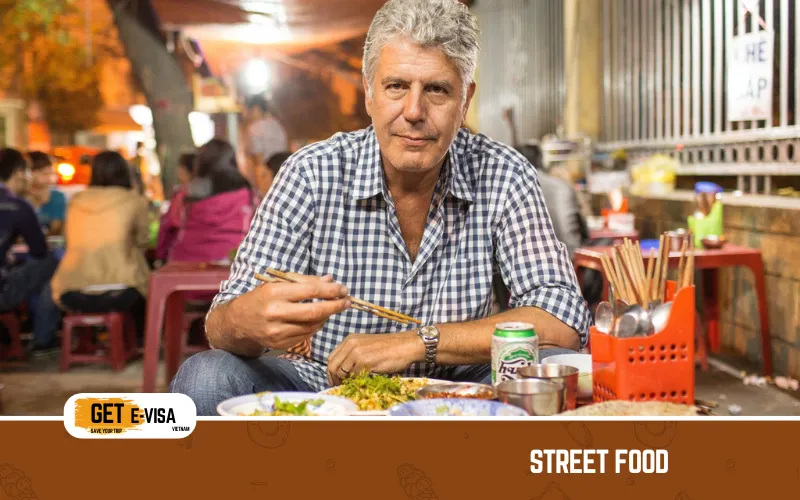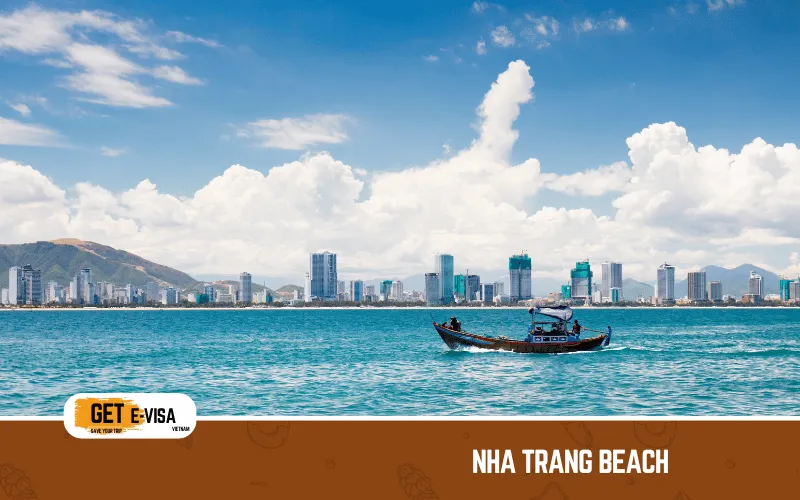Planning a trip to Vietnam is an exciting adventure, offering a blend of rich culture, stunning landscapes, and unforgettable experiences. Whether you're a first-time visitor or returning for more, this step-by-step guide will help you plan a seamless and memorable journey.
Step 1: Determine Your Travel Dates
Vietnam’s diverse climate means the best time to visit depends on the region:
-
North (Hanoi, Halong Bay, Sapa): October to April for cooler weather.
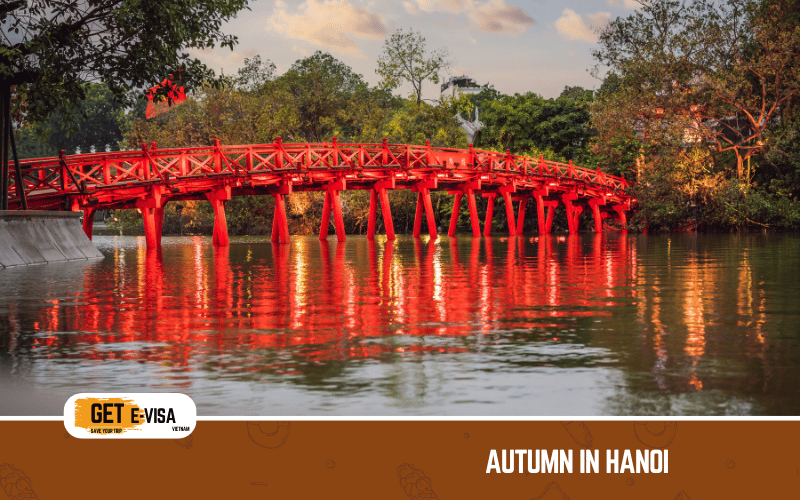
-
Central (Da Nang, Hoi An, Hue): February to August for dry and sunny conditions.
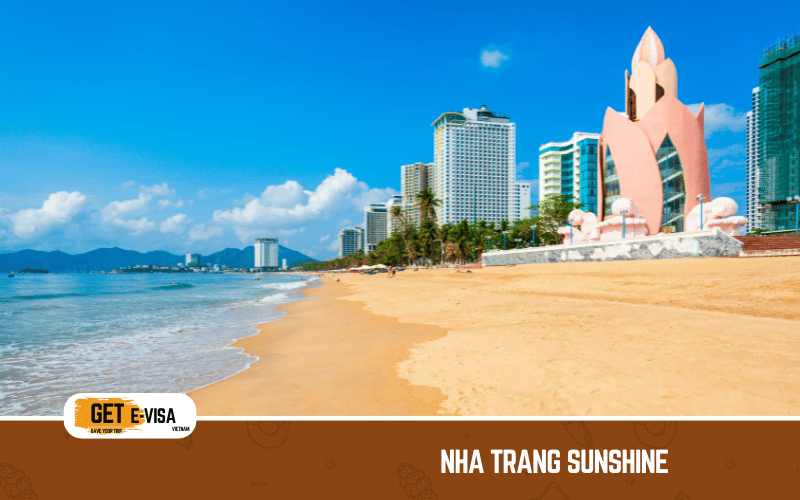
-
South (Ho Chi Minh City, Mekong Delta, Phu Quoc): November to April for sunny and dry weather.
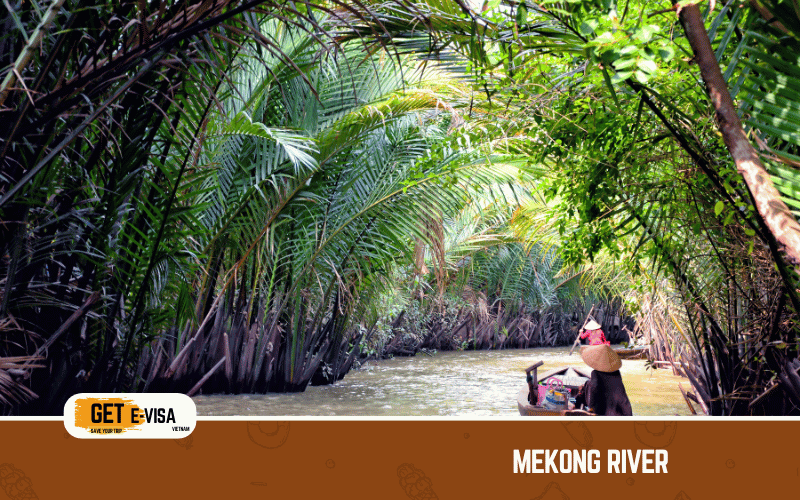
Tip: Avoid peak holiday seasons like Tet (Vietnamese Lunar New Year) for a quieter experience, unless you want to immerse yourself in cultural festivities.
Step 2: Arrange Your Visa
Vietnam’s visa policies are straightforward:
-
eVisa: Available online for travelers from eligible countries.
-
Visa on Arrival (VOA): Requires an approval letter in advance.
-
Visa-Free Travel: Check if your country qualifies for exemption.
Apply for your Vietnam visa here: Apply for Vietnam eVisa.
Step 3: Plan Your Itinerary
Vietnam is brimming with attractions, so plan your itinerary based on your interests:
Northern Vietnam (3–5 days):
-
Hanoi: Explore the Old Quarter, Hoan Kiem Lake, and Temple of Literature.
-
Halong Bay: Take an overnight cruise or a day trip to see the limestone karsts.
-
Sapa: Trek through terraced rice fields and visit ethnic villages.
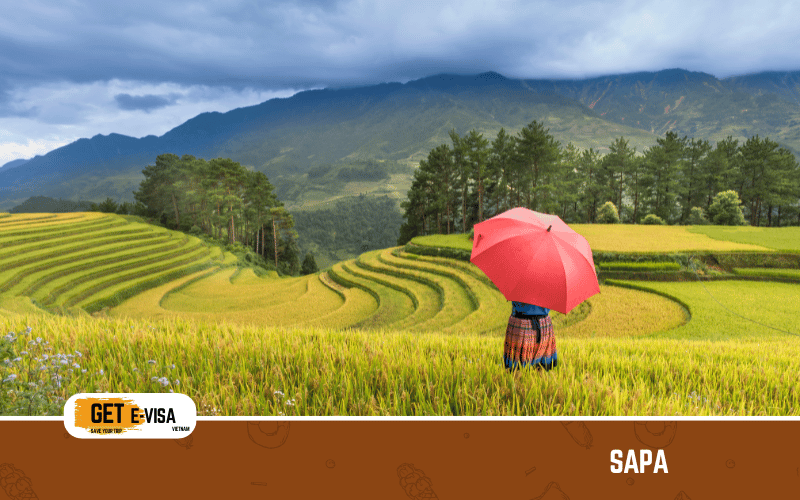
Central Vietnam (3–5 days):
-
Hoi An: Discover the Ancient Town and enjoy An Bang Beach.
-
Da Nang: Relax at My Khe Beach or visit the Marble Mountains.
-
Hue: Experience the Imperial Citadel and royal tombs.
Southern Vietnam (3–5 days):
-
Ho Chi Minh City: Visit Cu Chi Tunnels and War Remnants Museum.
-
Mekong Delta: Explore floating markets and local villages.
-
Phu Quoc Island: Enjoy pristine beaches and snorkeling.
Step 4: Book Flights and Transportation
-
International Flights: Book a round trip to major hubs like Hanoi or Ho Chi Minh City.
-
Domestic Flights: Use Vietnam Airlines, VietJet Air, or Bamboo Airways for long distances.
-
Local Transport:
-
Train: Scenic but slower (Reunification Express).
-
Bus: Budget-friendly for intercity travel.
-
Motorbike: Perfect for exploring locally.
-
Step 5: Choose Accommodations
Vietnam offers a range of options to suit all budgets:
-
Luxury: Resorts like InterContinental or Vinpearl.
-
Mid-Range: Boutique hotels and guesthouses.
-
Budget: Hostels and homestays for cultural immersion.
Tip: Book accommodations in advance during peak travel seasons.
Step 6: Budget Your Trip
Estimate your daily expenses based on your travel style:
-
Budget travelers: $20–50/day.
-
Mid-range travelers: $50–100/day.
-
Luxury travelers: $100+/day.
Include costs for accommodations, food, transportation, activities, and souvenirs.
Step 7: Pack Essentials
Pack appropriately for the weather and activities:
-
Clothing:
-
Light outfits for the South.
-
Warm layers for the North (winter months).
-
Modest clothing for temples.
-
-
Travel Gear:
-
Passport with a valid visa.
-
Travel insurance.
-
Power adapter (Type A, C, or G plugs).
-
Step 8: Learn Basic Vietnamese Phrases
-
Hello: Xin chào (Sin chow).
-
Thank you: Cảm ơn (Cam un).
-
How much?: Bao nhiêu? (Bow new?).
-
Yes: Vâng (Vung).
-
No: Không (Khong).
Step 9: Plan for Connectivity
-
SIM Cards: Purchase Viettel, Vinaphone, or Mobifone for mobile data.
-
Wi-Fi: Widely available in hotels, cafes, and public areas.
Step 10: Prepare for Local Experiences
-
Cuisine to Try:
-
Phở, bánh mì, bún chả, gỏi cuốn, cà phê sữa đá.
-
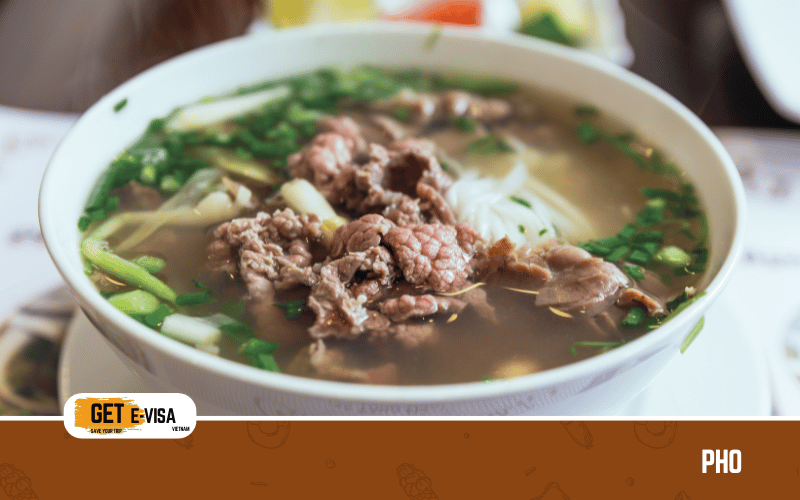


-
Activities:
-
Take a cooking class in Hoi An.
-
Watch a water puppet show in Hanoi.
-
Visit floating markets in the Mekong Delta.
-
Step 11: Stay Safe
-
Health Tips:
-
Drink bottled water.
-
Use mosquito repellent in rural areas.
-
-
Safety Tips:
-
Watch out for pickpockets in crowded areas.
-
Be cautious when crossing roads in busy cities.
-
Step 12: Customize Your Experience
-
For history lovers: Visit Hue, Hanoi, and war sites in the South.
-
For nature enthusiasts: Explore Phong Nha Caves, Halong Bay, and Sapa.
-
For beachgoers: Relax at Phu Quoc, Nha Trang, and Con Dao.
Step 13: Keep Important Contacts Handy
-
Embassy/Consulate: Note the contact details of your country’s embassy in Vietnam.
-
Emergency Numbers:
-
Police: 113.
-
Ambulance: 115.
-
Fire: 114.
-
With this guide, you’re well on your way to planning an unforgettable Vietnam trip. Start your journey by securing your visa today: Apply for Vietnam eVisa.

